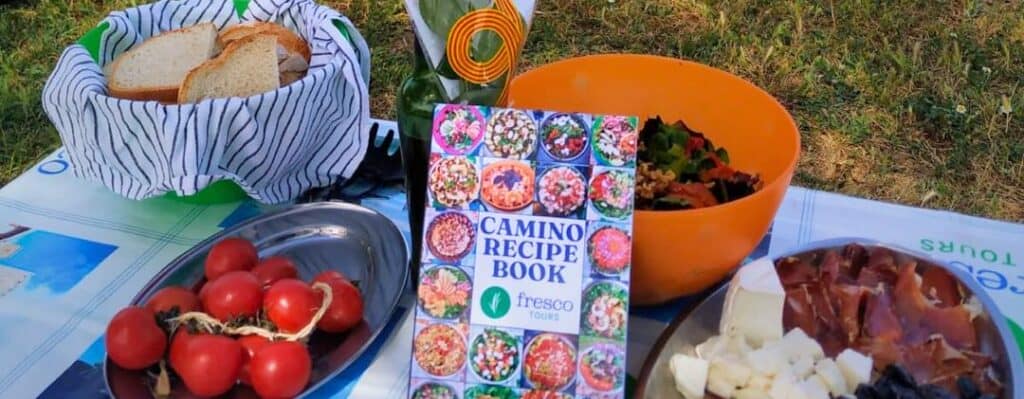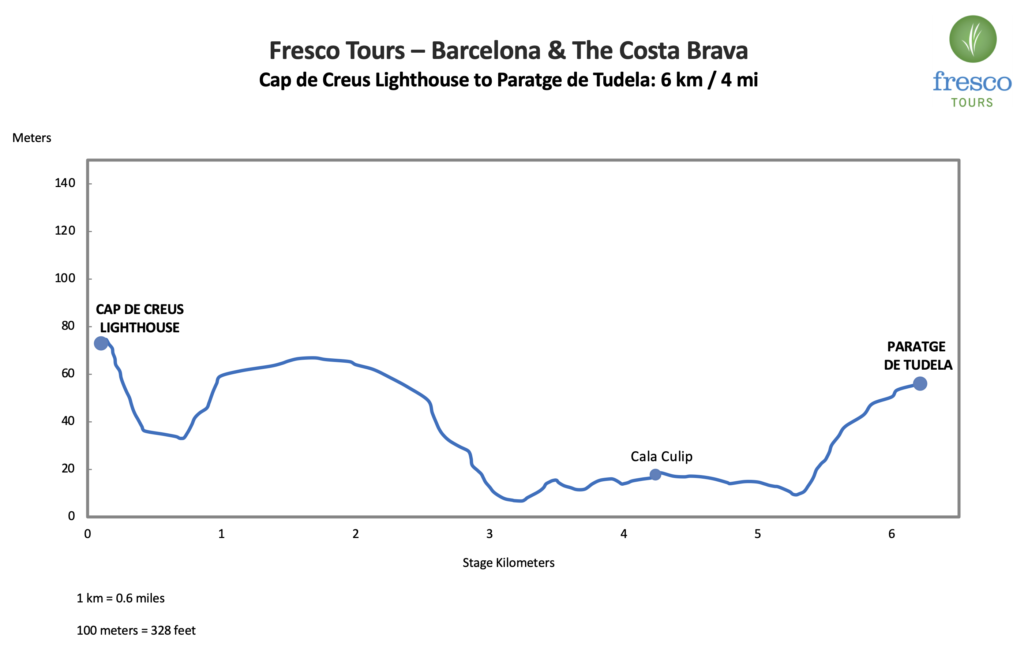Get ready to face a day full of culture, landscapes and charming villages. From Cadaqués to Portlligat to Tudela you will get to know these villages of the Costa Brava. Authentic hidden gems.
Portlligat
Portlligat is a small bay located near Cadaqués. It boasts a charming coastal landscape with crystal-clear waters, rocky coves, and stunning views of the Mediterranean Sea. The quietness of the area and the natural beauty contribute to its allure. It is here where Salvador Dalí and his wife Gala resided and worked for almost 40 years. The artist and his wife purchased a series of fishermen’s huts in Portlligat in the 1930s and gradually transformed them into a unique and eccentric home. Today, this complex of interconnected huts is the Gala and Dalí House-Museum. The museum offers a glimpse into the daily life of the artist and provides insight into his creative process. The rooms are preserved as they were when, following Gala’s death in 1982, Dalí left to never come back again. Today’s visitors can see his workshop, art materials, and personal belongings. The surreal environment of the house reflects Dalí’s artistic vision.

Cap de Creus Lighthouse
The Cap de Creus Lighthouse is a prominent lighthouse located on the Cap de Creus peninsula. It stands on the northeastern tip of the Iberian Peninsula and overlooks the Mediterranean Sea. The lighthouse dates back to the 19th century. Its construction was motivated by the need to provide guidance to ships navigating the treacherous waters around the Cap de Creus peninsula. The lighthouse’s design features a white tower with a red lantern room on top. The color scheme and architectural style are characteristic of many Spanish lighthouses, helping ships distinguish it from other structures.
This lighthouse even made it to Hollywood: Kirk Douglas starred in the adventure film “The Light at the Edge of the World” set here in 1970.


Paratge de Tudela
The Paratge de Tudela is known for its remarkable geological formations, including curious rocks shaped by the wind and sea. The unique rock formations are the result of millions of years of geological processes. It is a fascinating location for geology enthusiasts and nature lovers. The contrast between the rugged terrain and the deep blue waters creates a visually striking landscape that can be easily recognised in many of Salvador Dalí’s paintings.
The site’s isolation and special landscape draw the attention of visitors and the interest of the Club Med which, in 1962, built a resort of 400 bungalows for tourists. In 1998, Paratge de Tudela was declared a Natural Park and the Spanish authorities began negotiations to close down the compound. Eventually, the Club Med in Cap de Creus closed in 2004 and the deconstruction process began, finishing in 2010. Nowadays, there are only a few traces of the Club Med and the beauty of nature have prevailed.



















